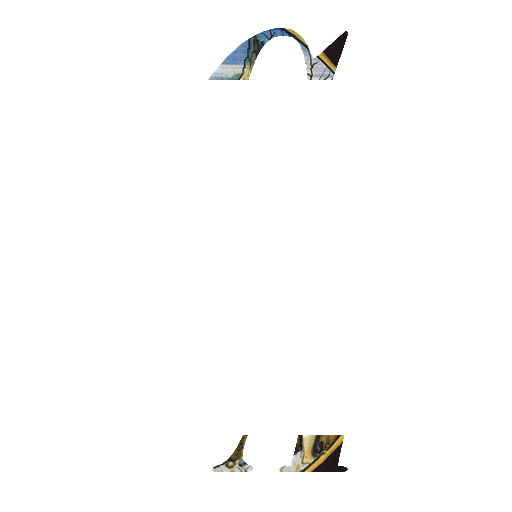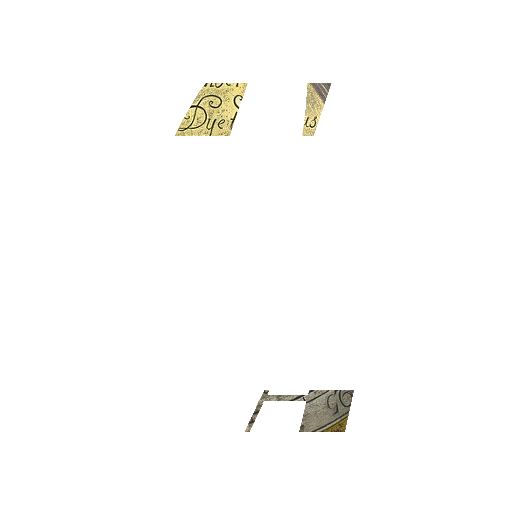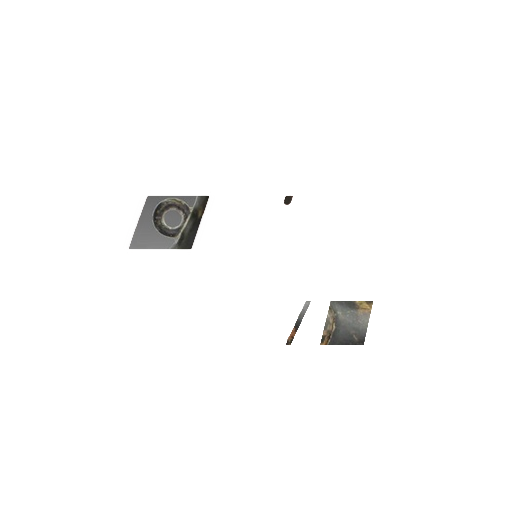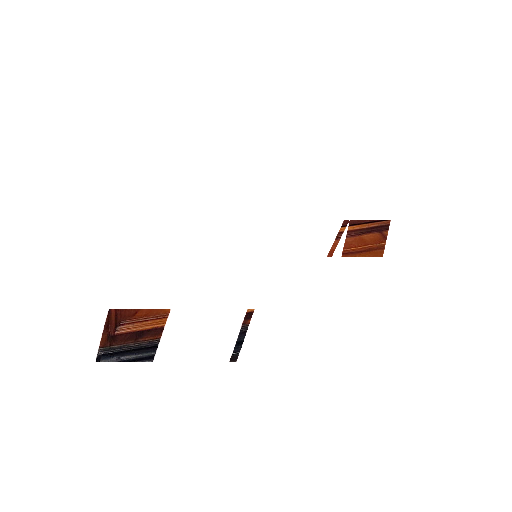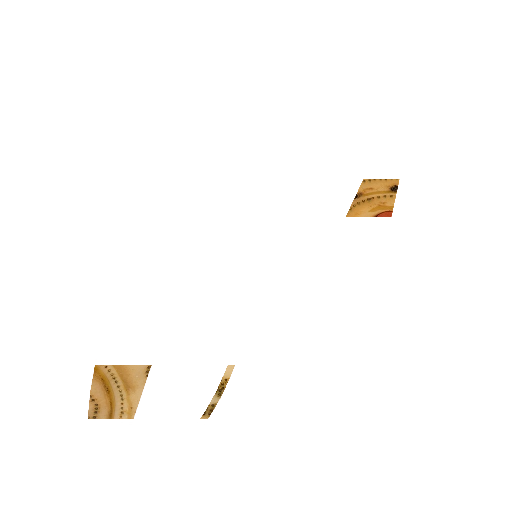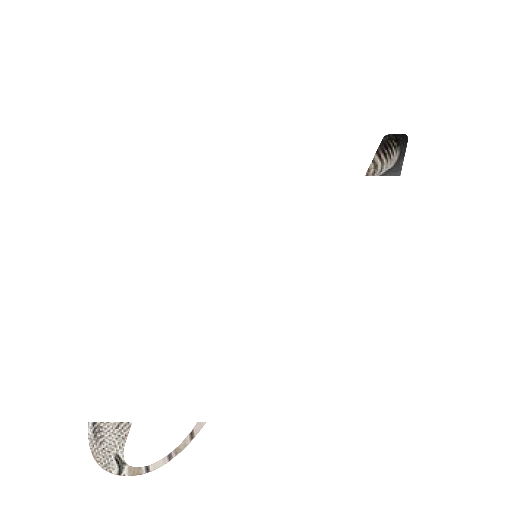Tin glazed earthenware, being pottery of all sorts and colors, is earthenware covered in glaze containing tin oxide which is white, shiny and opaque, which is said to have been invented in Iran in the 9ᵗʰ century to imitate Chinese porcelain. From there it spread to Egypt, Persia and Spain before reaching Italy in the Renaissance, Holland in the 16ᵗʰ century and England, France and other European countries shortly after. There are mainly 5 types of tin glazed earthenware found in Europe, which are;
Hispano-Moresque (Spain);
Tin-glazed, lustred earthenware made by Moorish potters in Spain, chiefly at Málaga in the 15ᵗʰ century, and in the region of Manises, near Valencia, in the 16ᵗʰ century. The tin glaze was applied over a design usually traced in cobalt blue; after the first firing, the lustre, a metallic pigment, was applied by brush over the tin glaze, and the piece was fired again. The effect varies from a pale yellow iridescence in early pieces to a coarser, copperish iridescence in late work. Early designs are Islamic: the tree of life, palm motifs, and Arabic inscriptions, for example. Later designs combine Islamic and Italian Renaissance motifs. Misspelled or intentionally illegible Arabic inscriptions indicate that the work was taken over by Spanish Christian craftsmen. Imitation of this pottery in Italy led to the development of Italian maiolica ware.
Factories mainly in the communities of Andalusia, Valencia and Catalonia
Maiolica (Italy);
Maiolica is Italian tin-glazed pottery dating from the Renaissance period. It is decorated in colours on a white background, sometimes depicting historical and mythical scenes, these works known as istoriato wares ("painted with stories"). By the late 15th century, several places, mainly small cities in northern and central Italy, were producing sophisticated pieces for a luxury market in Italy and beyond.
Factories mainly in the towns of Faenza, Arezzo, Siena, Deruta, Castel Durante, Urbino, Gubbio, Pesaro, Padua, Venice, Turin, Palermo, Savona and Caltagirone in Sicily.
Delftware, named for the Dutch markets from the 16ᵗʰ century, when it was introduced, until the 18ᵗʰ century with factories in Middelburg, Haarlem, Amsterdam, Gouda, Rotterdam and Dordrecht.
English delftware, began its production in the mid 16ᵗʰ century after two Antwerp potters, Jasper Andries and Jacob Jansen arrived Norwich with factories in London, Bristol and Liverpool and with smaller centers at Wincanton, Glasgow and Dublin.
Faience, conventional name in English for fine tin-glazed pottery on a delicate pale buff earthenware body, originally associated by French speakers with wares exported from Faenza in northern Italy.
Such tin glazed earthenware are often seen in local auctions especially 17ᵗʰ and 18ᵗʰ Maiolica pieces from the Caltagirone Sicily as vast quantities were imported during and after the De Vilhena period (1722-1736), boosting a rather vast competing crowd and fetch good prices. Faience and Delft are also common, yet, not as sought-after as Maiolica. Hispano-Moresque commands a great deal of interest, thus, fetch good prices in local sales. As for English delftware, it is rarely seen in local markets as it was never imported as a choice of earthenware, unlike other types, and are extremely rare and the remaining existing pieces are usually found in English collections.
Glazed earthenware are frequently present in Fine Furnishings and Decorated Arts auctions at Centurion Auctioneers which are held regularly.
Click the images on the left for more information.
Should you have any questions in regards to Glazed Earthenware articles that you might wish to evaluate or to list in future auctions, please visit the CONTACT page , the VALUATIONS page or the REQUEST INFORMATION page or send an email to Centurion Auctioneers - info@centurion-auctions.com
Hispano-Moresque (Spain);
Tin-glazed, lustred earthenware made by Moorish potters in Spain, chiefly at Málaga in the 15ᵗʰ century, and in the region of Manises, near Valencia, in the 16ᵗʰ century. The tin glaze was applied over a design usually traced in cobalt blue; after the first firing, the lustre, a metallic pigment, was applied by brush over the tin glaze, and the piece was fired again. The effect varies from a pale yellow iridescence in early pieces to a coarser, copperish iridescence in late work. Early designs are Islamic: the tree of life, palm motifs, and Arabic inscriptions, for example. Later designs combine Islamic and Italian Renaissance motifs. Misspelled or intentionally illegible Arabic inscriptions indicate that the work was taken over by Spanish Christian craftsmen. Imitation of this pottery in Italy led to the development of Italian maiolica ware.
Factories mainly in the communities of Andalusia, Valencia and Catalonia
Maiolica (Italy);
Maiolica is Italian tin-glazed pottery dating from the Renaissance period. It is decorated in colours on a white background, sometimes depicting historical and mythical scenes, these works known as istoriato wares ("painted with stories"). By the late 15th century, several places, mainly small cities in northern and central Italy, were producing sophisticated pieces for a luxury market in Italy and beyond.
Factories mainly in the towns of Faenza, Arezzo, Siena, Deruta, Castel Durante, Urbino, Gubbio, Pesaro, Padua, Venice, Turin, Palermo, Savona and Caltagirone in Sicily.
Delftware, named for the Dutch markets from the 16ᵗʰ century, when it was introduced, until the 18ᵗʰ century with factories in Middelburg, Haarlem, Amsterdam, Gouda, Rotterdam and Dordrecht.
English delftware, began its production in the mid 16ᵗʰ century after two Antwerp potters, Jasper Andries and Jacob Jansen arrived Norwich with factories in London, Bristol and Liverpool and with smaller centers at Wincanton, Glasgow and Dublin.
Faience, conventional name in English for fine tin-glazed pottery on a delicate pale buff earthenware body, originally associated by French speakers with wares exported from Faenza in northern Italy.
Such tin glazed earthenware are often seen in local auctions especially 17ᵗʰ and 18ᵗʰ Maiolica pieces from the Caltagirone Sicily as vast quantities were imported during and after the De Vilhena period (1722-1736), boosting a rather vast competing crowd and fetch good prices. Faience and Delft are also common, yet, not as sought-after as Maiolica. Hispano-Moresque commands a great deal of interest, thus, fetch good prices in local sales. As for English delftware, it is rarely seen in local markets as it was never imported as a choice of earthenware, unlike other types, and are extremely rare and the remaining existing pieces are usually found in English collections.
Glazed earthenware are frequently present in Fine Furnishings and Decorated Arts auctions at Centurion Auctioneers which are held regularly.
Click the images on the left for more information.
Should you have any questions in regards to Glazed Earthenware articles that you might wish to evaluate or to list in future auctions, please visit the CONTACT page , the VALUATIONS page or the REQUEST INFORMATION page or send an email to Centurion Auctioneers - info@centurion-auctions.com
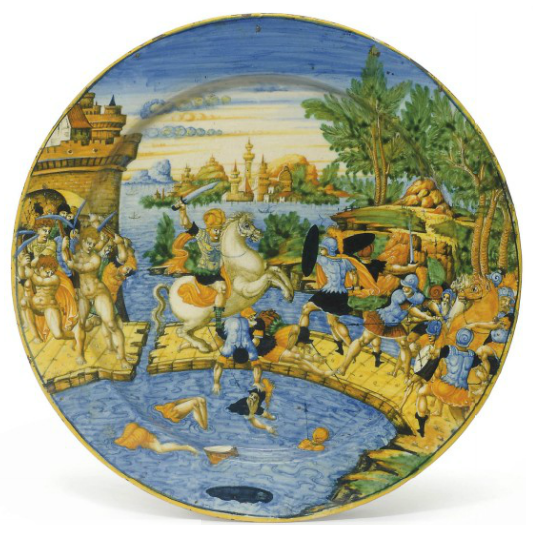
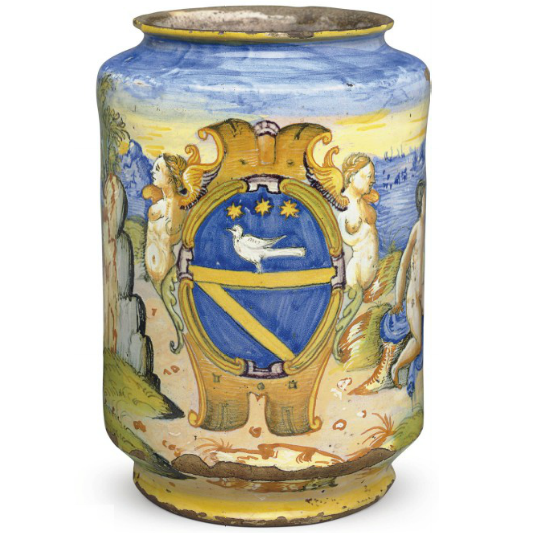

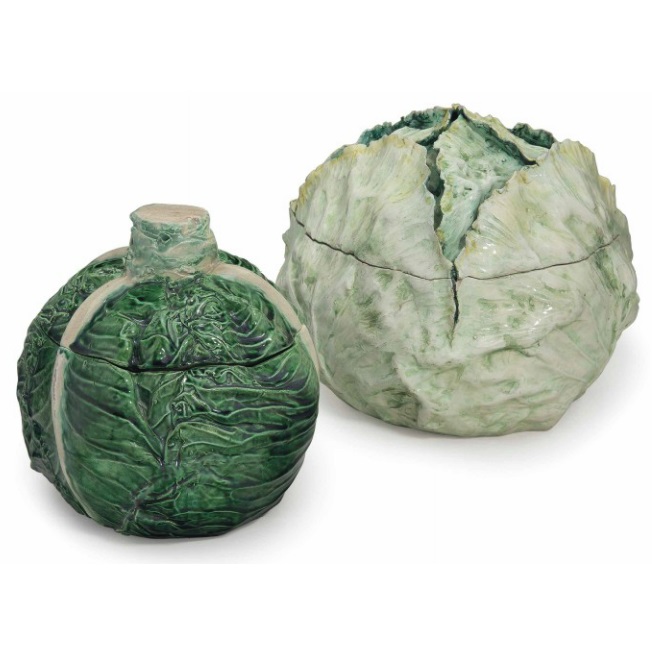
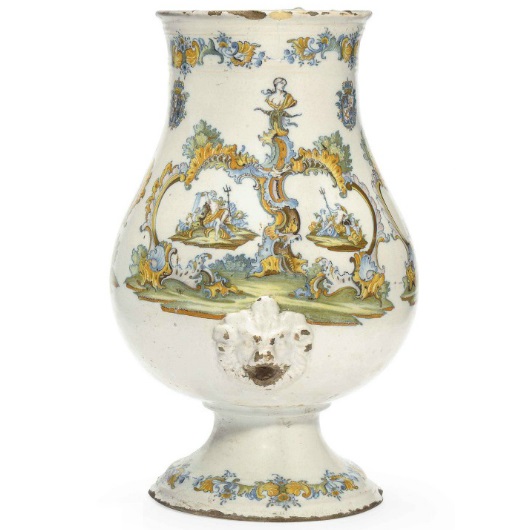
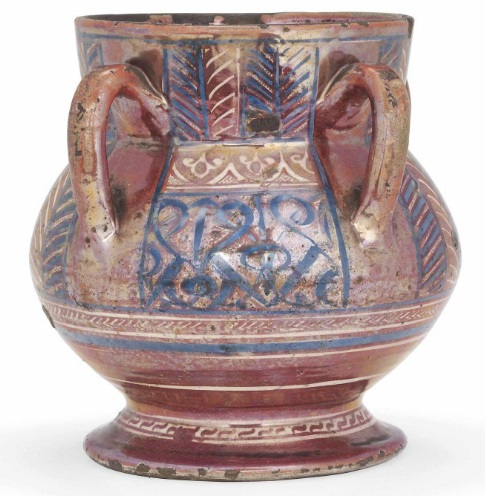
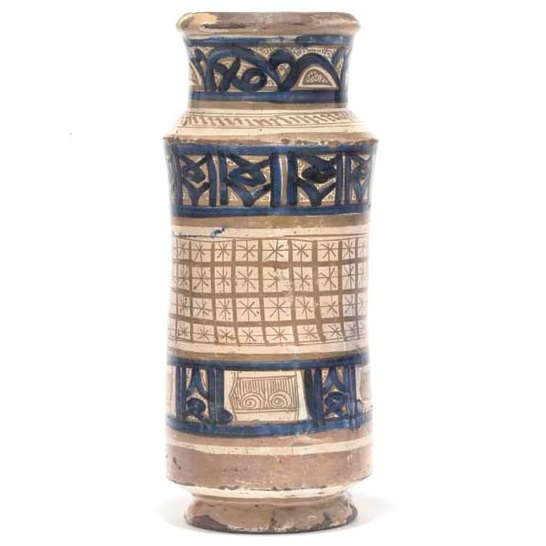
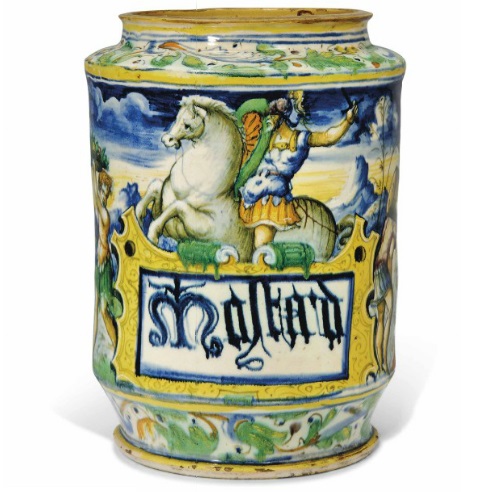
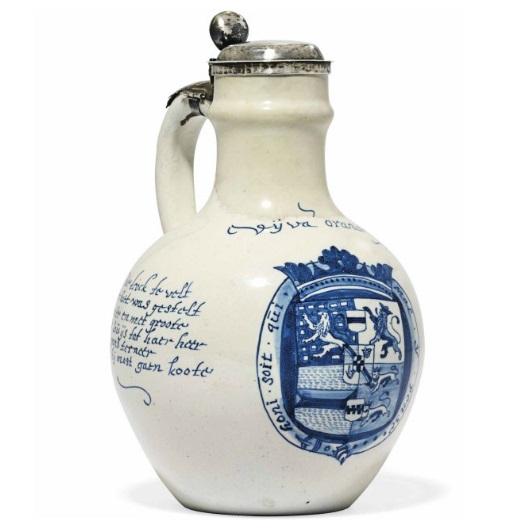
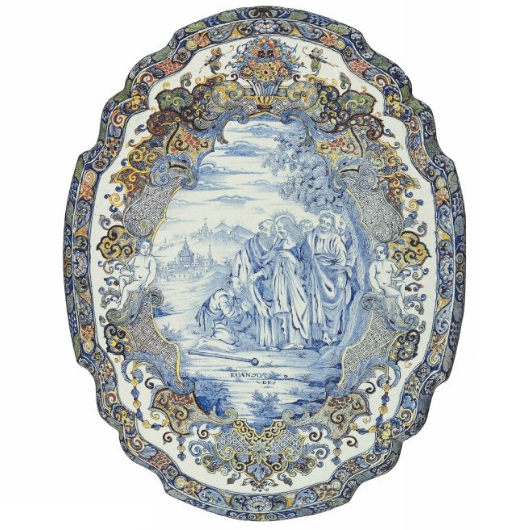

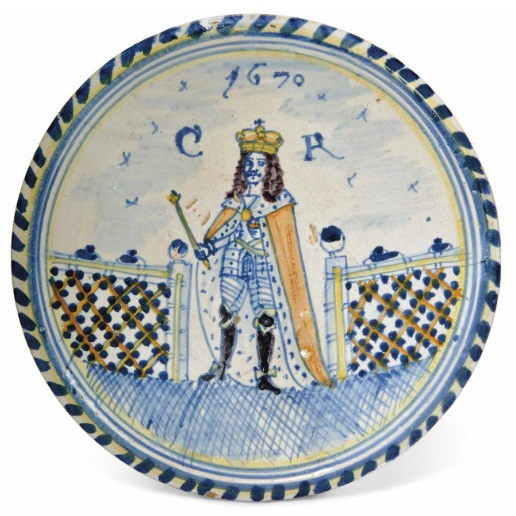
CIRCA 1550-60, DUCHY OF URBINO, THE REVERSE INSCRIBED HORATIO IN LARGE SERIPH LETTERS
18 in. (45.8 cm.) diam.
Sold £97,250 Christie's auctions
CIRCA 1580, ATTRIBUTED TO THE WORKSHOP OF MAESTRO ANTONIO PATANAZZI DI URBINO
8 in. (20.3 cm.) high.
Sold $11,875 Christie's auctions
MID-16TH CENTURY, PROBABLY VALENCIA, MANISES
15¾ in. (40 cm.) dia.
Sold £4,375 Christie's auctions
18TH/19TH CENTURY, THE LARGER G.M. AND * MARK, PROBABLY ITALIAN
11 ½ in. (29 cm.) wide, the larger.
Sold $52,500 Christie's auctions
THIRD QUARTER OF THE 18TH CENTURY
20½ in. (52.1 cm.) high.
Sold £13,750 Christie's auctions
CIRCA 1400-1450, PROBABLY VALENCIA, MANISES, INCISED HS A (?) MARKS
7½ in. (19 cm.) high.
Sold £43,750 Christie's auctions
CIRCA 1400-50, VALENCIA (PROBABLY MANISES)
5/8 in. (28.6 cm.) high.
Sold £60,000 Christie's auctions
CIRCA 1560-70, WORKSHOP OF MAESTRO DOMENEGO DA VENEZIA
13 ½ in. (34.2 cm.) high.
Sold £17,500 Christie's auctions
LATE 17TH/EARLY 18TH CENTURY, THE UNDERSIDE OF THE HINGED SILVER COVER WITH INDISTINCT MARKER'S MARK
9¼ in. (23.5 cm.) high overall.
Sold £1,750 Christie's auctions
DATED 1756 TO THE REVERSE
22 ½ in. (57.1 cm.) high, 17 ½ in. (44.4 cm.) wide.
Sold $8,125 Christie's auctions
1649
7 7/8 in. (19.9 cm.) high.
Sold £39,650 Christie's auctions
1670, LONDON
13 ¼ in. (33.5 cm.) diam.
Sold £60,000 Christie's auctions













